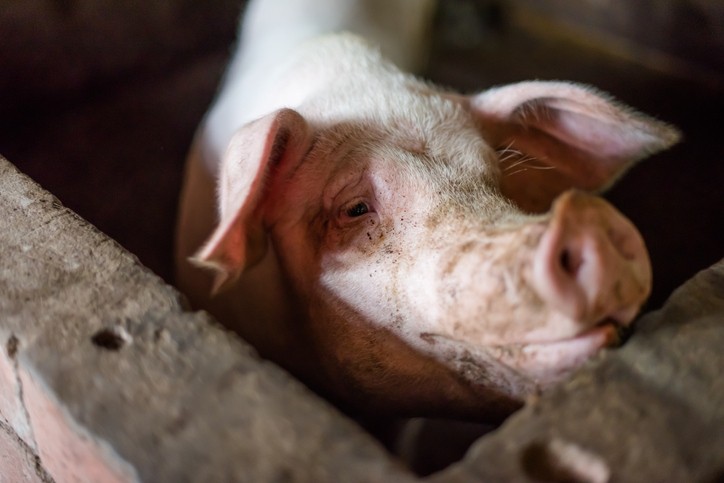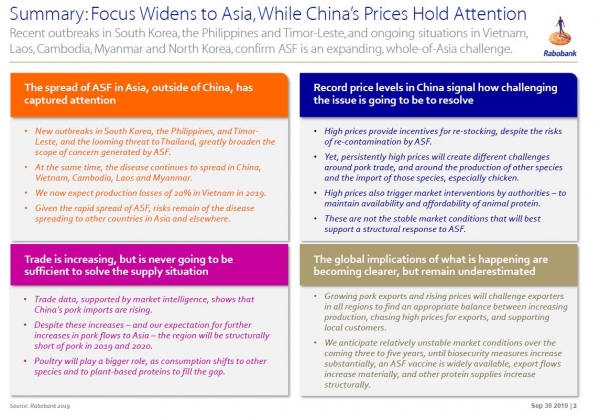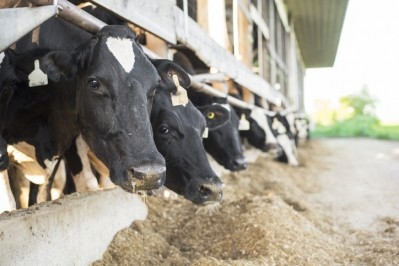Commercial feed penetration is increasing in China as is industry consolidation: Rabobank

Changes in feed formulas will determine the future growth in demand for feed corn and soybean meal in China, said the analysts.
Overall, Rabobank forecasts that China’s feed consumption will drop by 17% in 2019, followed by a rally of 8% in 2020.
Swine feed accounted for 54% of 2018 feed demand, followed by poultry feed at 35%, of which 18% is layer feed and 17% is broiler feed; then came aqua feed’s share at 6% and ruminant and other feeds at 5%, as per data presented in the report. “In 2019 and 2020, the share of hog feed will drop to 39% and 38%, respectively, with poultry feed gaining share.”
The analysts predict that hog feed consumption will decline by 40% in 2019, but they noted as small-scale pig farms are phased out, commercial feed penetration is increasing and so is industry consolidation. “In 2020, hog feed usage will rebound by 5%, benefiting from hog herd rebuilding, particularly in the second half of the year.”
ASF is an expanding, whole of Asia challenge.
Driven by rising prices for animal protein and substitutional effects feeds for broilers, layers and aqua will see growth in 2019 and 2020, found the Dutch bank’s report.
In 2019, soybean meal (SBM) and feed corn demand is expected to decrease by 6% and 12% respectively. Usage in 2020 will depend on the inclusion ratios adopted by the industry, said Rabobank.
Currently, both of those feed components are seeing high inclusion ratios in rations, a factor that is offsetting the decline in feed consumption, reported the analysts.
They see SBM inclusion ratios increasing by 10% in pig and poultry feed rations in China in 2019, while the levels of SBM in aqua feed will jump to 20%, they forecast.
“Soybean meal is substituting other protein meals, due to favorable pricing and trade distortions.”
In 2020, the market specialists reckon that, if the SMB inclusion ratio was kept at the current high level, China would need to import at least 88m metric tons of soybeans. “If the US-China trade war lingers, and the inclusion ratio went back to 2018 levels, roughly 80m metric tons of imported beans should be sufficient.”
Meat prices in China
The analysts noted that declining production and the physical shortage of pork have continued to push up pork prices along with prices for other proteins in China. That was the trend throughout September, and further price hikes are expected, they forecast.
China’s herd loss is estimated to be 50% YOY for the first eight months of 2019. ASF is expected to continue to impact farming there for the rest of the year. “However, the pace of herd loss will likely slow down due to government control measures and reduced farm numbers. We expect the herd loss to reach 55% for the full year 2019.”
New Chinese government policies are encouraging hog production through financial support, and by simplifying the approval of new investment, said the analysts. “We expect that China’s hog farmers will live with the disease and that controls by individual farmers/farming companies will become more important.”
Pork imports to China have been rising and will continue to do so. Spain has been the top exporter to China in 2019.
Exports to other markets in Asia are expected to increase in the second half of 2019 and into 2020.
“This will increase competition for pork trade flows, and, with this, maintain upwards pressure on prices.
Prices have already reached inflationary levels, and demand erosion will become more apparent in the coming months, putting a ceiling on pork prices and lifting prices for trade in other species,” concluded the analysts.
Asia’s pork deficit will accelerate a shift in protein consumption toward poultry.
ASF spread
ASF continues to spread across Southeast and Northern Asia, said the analysts. Rabobank said it remains very concerned about the spread of the virus in the Philippines and South Korea as well as the threat from ASF to Thailand.
With pork production under pressure in Vietnam and the Philippines, both countries are now looking for imports. “Vietnam had been largely self-sufficient in pork until ASF hit. The Philippines, by contrast, has a structural reliance on imports, which is set to grow. “
In Europe, the Dutch bank noted that the ASF outbreaks in eastern Europe show no signs of slowing, but the situation in Belgium is looking more positive. Ongoing outbreaks of the deadly pig virus in Romania and Bulgaria hamper expansion potential, said the animal protein market experts.















